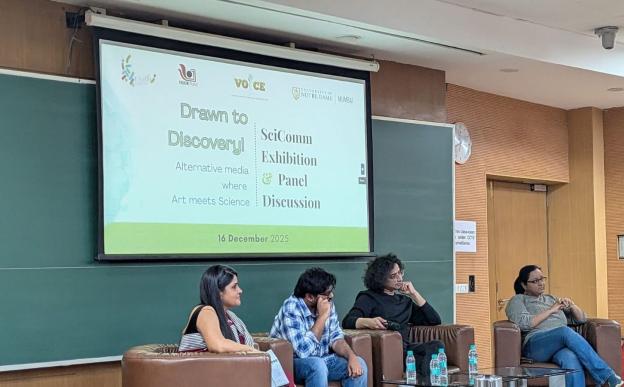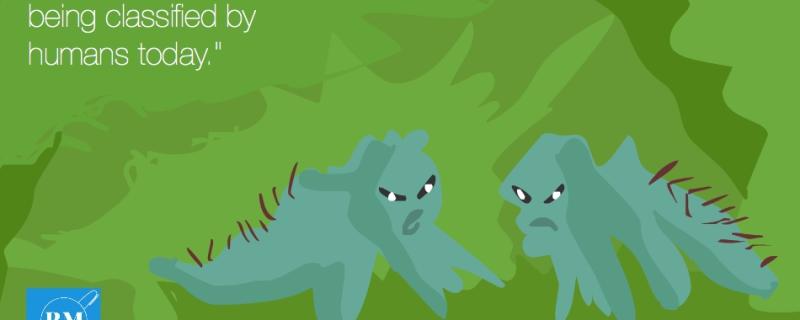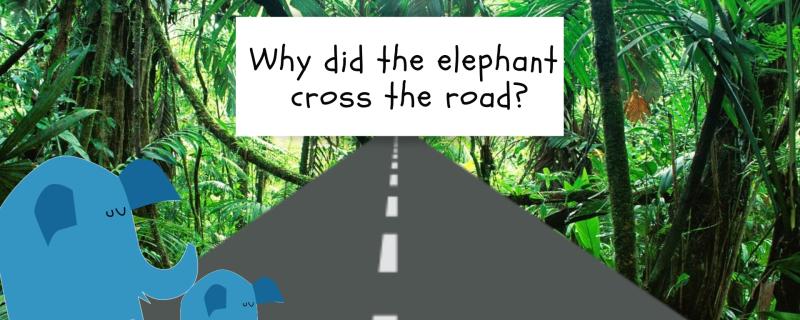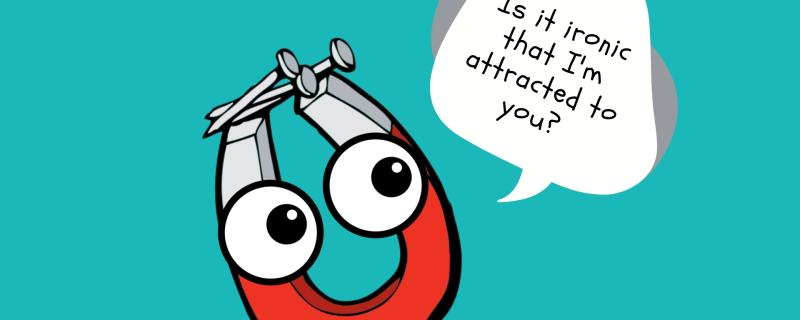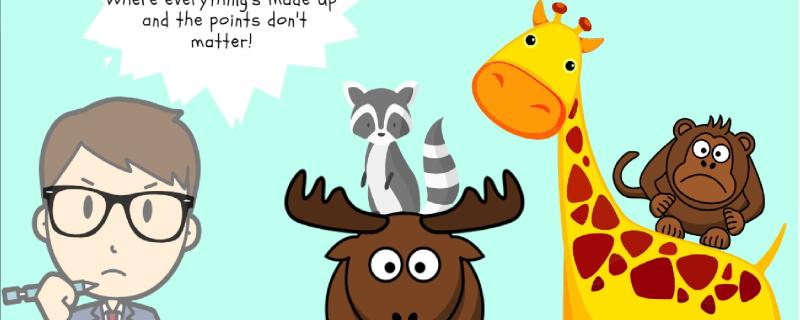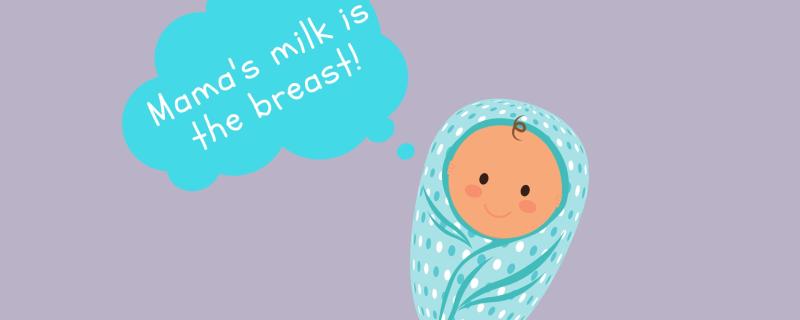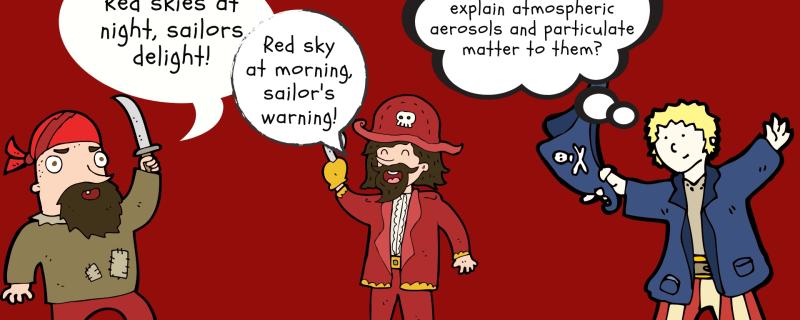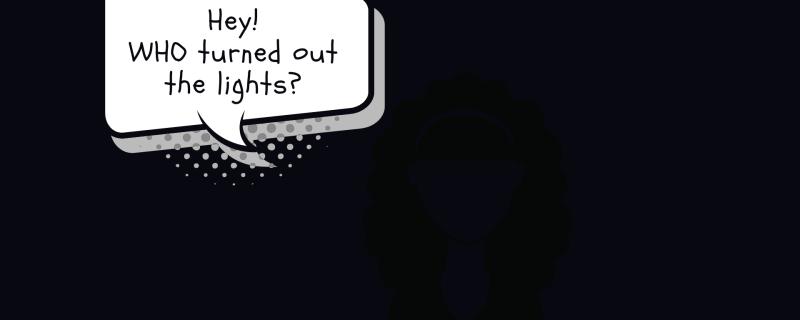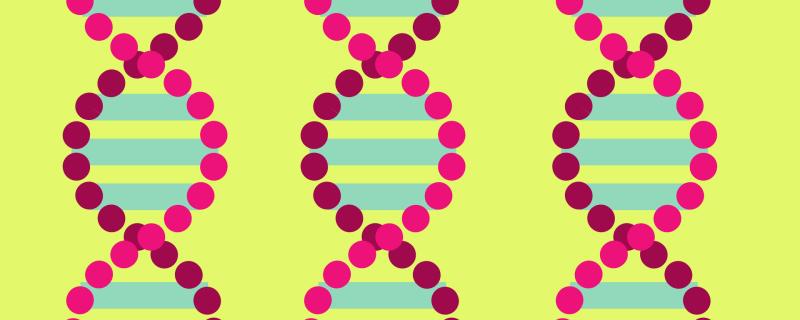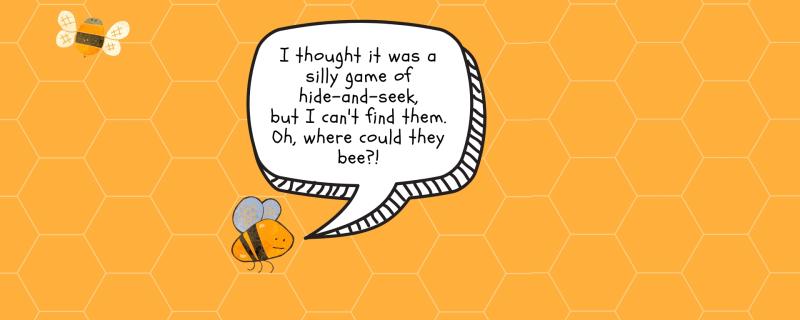How do scientists proclaim an ecosystem like the Western Ghats as an ‘biodiversity hotspot’ and push for its conservation? They do so by ‘ecological sampling’, a technique used to find diversity and abundance of animals and plants in a habitat. They collect samples of plants and animals from different locations within an area and extrapolate the possible biodiversity that exists in the area.
The Indian Institute of Science Education and Research (IISER) Pune on Tuesday launched the VOICE Fellowship 2025
Pune/
